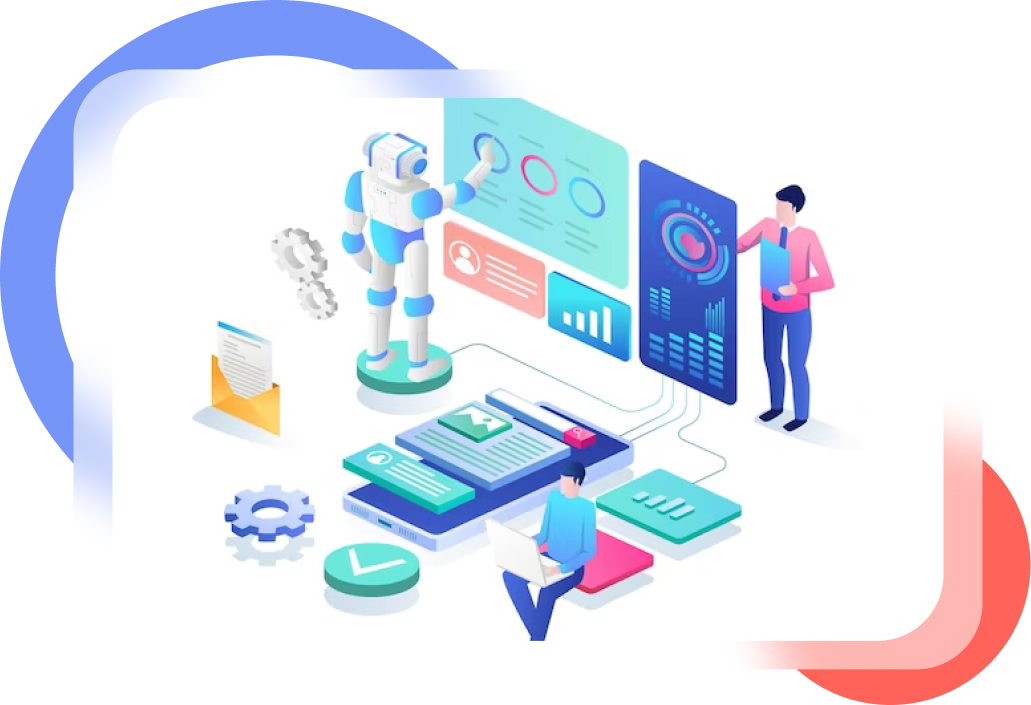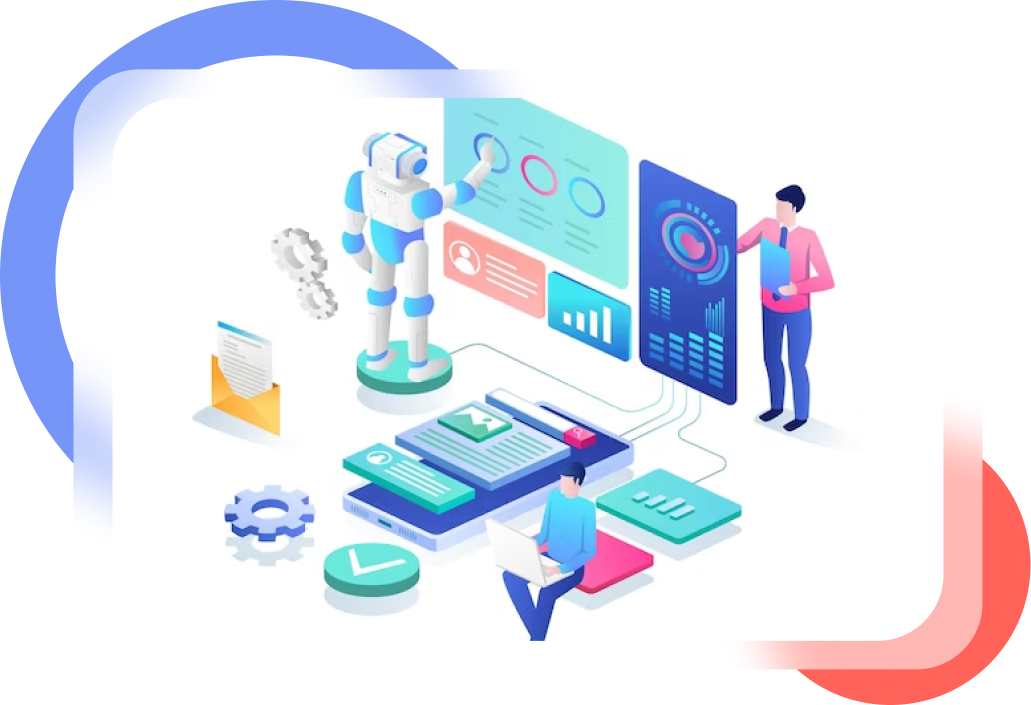Client Information:
A prominent firm within the auditing sector, known for its rigorous standards and extensive client base.
Main Challenge:
Testing bottlenecking continuous delivery, leading to delays and increased resource usage.
Region:
USA
Size of the Firm:
Medium to large-sized enterprise.

KEY CHALLENGES
The client faced several significant challenges including complex resource allocation for large projects, ineffective risk management, inaccurate estimations, and manual, resource-intensive processes, all impacting project success and efficiency impacting their software delivery efficiency and quality. These challenges, while diverse, centered around the integration and optimization of AI technologies in their testing processes:
- Automated Test Case Generation: Implementing automated test case generation using AI algorithms, involves significant technical complexity. This process requires AI and test automation expertise to accurately generate comprehensive and effective test cases based on application requirements and functionalities.
- Bot Creation for Test Execution: Creating bots to execute these automated test cases adds another layer of technical complexity. This involves scripting and programming skills to develop bots that simulate user interactions with the application, ensuring that it performs as expected under various conditions. Effective bot creation requires a deep understanding of both the application under test and the automation framework being used.
- Predictive analysis: This involves rigorous data processing, historical data analysis, and advanced defect prediction and trend analysis algorithms. By leveraging historical data, teams anticipate future defect trends, prioritize testing efforts, and optimize resource allocation. This data-driven approach enhances software quality and reliability throughout development cycles.
- Data Analysis and Visualization: JIRA and performing data analysis to understand defect density, severity distribution, and fix rates require advanced data analytics skills.
- Algorithm Implementation Challenges: Leveraging deep learning and NLP techniques for defect clustering and trend analysis requires expertise in algorithm development and implementation using Python libraries.
- Extensive pre-release regression tests: Heavy reliance on extensive pre-release regression tests, many of which are manual and costly. Test managers often select test subsets based on limited resources and time, leading to decisions based on intuition or randomness rather than data-driven strategies.
OBJECTIVES
In meeting the client's strategic goals, the primary technical objectives focused on leveraging advanced AI and data analytics capabilities to optimize software testing and quality management processes
- Build Autonomous Defect Prediction
- Automate Test Case Generation and Execution
- Implement Predictive Analysis for Defect Management
- Optimize Resource Allocation Using Historical Data Trends
- Data Set Size 8k rows 14 Columns
- Data Used for Analysis Title Omnia Severity Planned Release Version BE or FE Development Area Omnia Environment Story Points


SOLUTIONS PROVIDED BY QENTELLI
Qentelli's AI-powered Quality Engineering solutions address these challenges head-on:
Automated Test Case Generation and Execution
Qentelli utilized AI algorithms to automate the generation and execution of test cases. The process involved:
- Automated Test Case Generation: Qentelli has adeptly integrated AI algorithms with AccelQ to enhance the automation of test case generation and execution, addressing the complexities of Quality Engineering. These algorithms meticulously analyze software requirements and user stories to produce comprehensive and precise test cases, ensuring robust coverage and accuracy.
- Automated Test Case Execution: We developed sophisticated bots to execute these generated test cases automatically. These bots are designed to perform automated and regression testing by simulating user interactions with the application, thereby validating its behavior against expected outcomes. This automation significantly reduces manual effort and testing time.
- Data Integration: We integrated diverse data formats and sources into a unified database, ensuring seamless accessibility for analytical tools and machine learning models. This comprehensive data aggregation facilitates enhanced analysis and insights.
- AI/ML: ML algorithms improve resource allocation and utilization strategies, while AI-driven risk management tools assess and mitigate risks. Enhanced project tracking and reporting streamline oversight and decision-making.
- Advanced Analytics: Utilizing rich data visualization and predictive diagnostics, Qentelli provides in-depth analytics to quickly identify and resolve issues. This proactive approach enhances the overall efficiency and effectiveness of the testing process, driving continuous improvement in software quality.
Predictive Analysis for Defect Management
Qentelli implemented predictive analysis - classification and regression type to forecast potential defects and prioritize areas that required immediate attention. AI engine continuously learns from the defect reports including text pre-processing, features extraction, and selection and classifier building, and natural language processing (NLP) giving more relevance and context. The steps included:
- Defect Prediction: Analyzing historical data to predict the likelihood of defects in future releases. This helped in identifying priority areas for testing and development.
- Trend Analysis: Conducting trend analysis to understand patterns, such as increased defects with types of code changes. This analysis provides valuable insights into recurring issues, such as increased defects associated with particular code modifications or additions.
- Defect Clustering and Root Cause Analysis: Leveraging deep learning algorithms to cluster defects into distinct categories based on shared characteristics. This enables teams to conduct targeted root cause analysis for each defect category.
- Efficiency in Modelling: Simultaneous execution for multiple regression models (linear, logistics, polynomial) with minimal analyst intervention, optimized the selection process and reduced time.
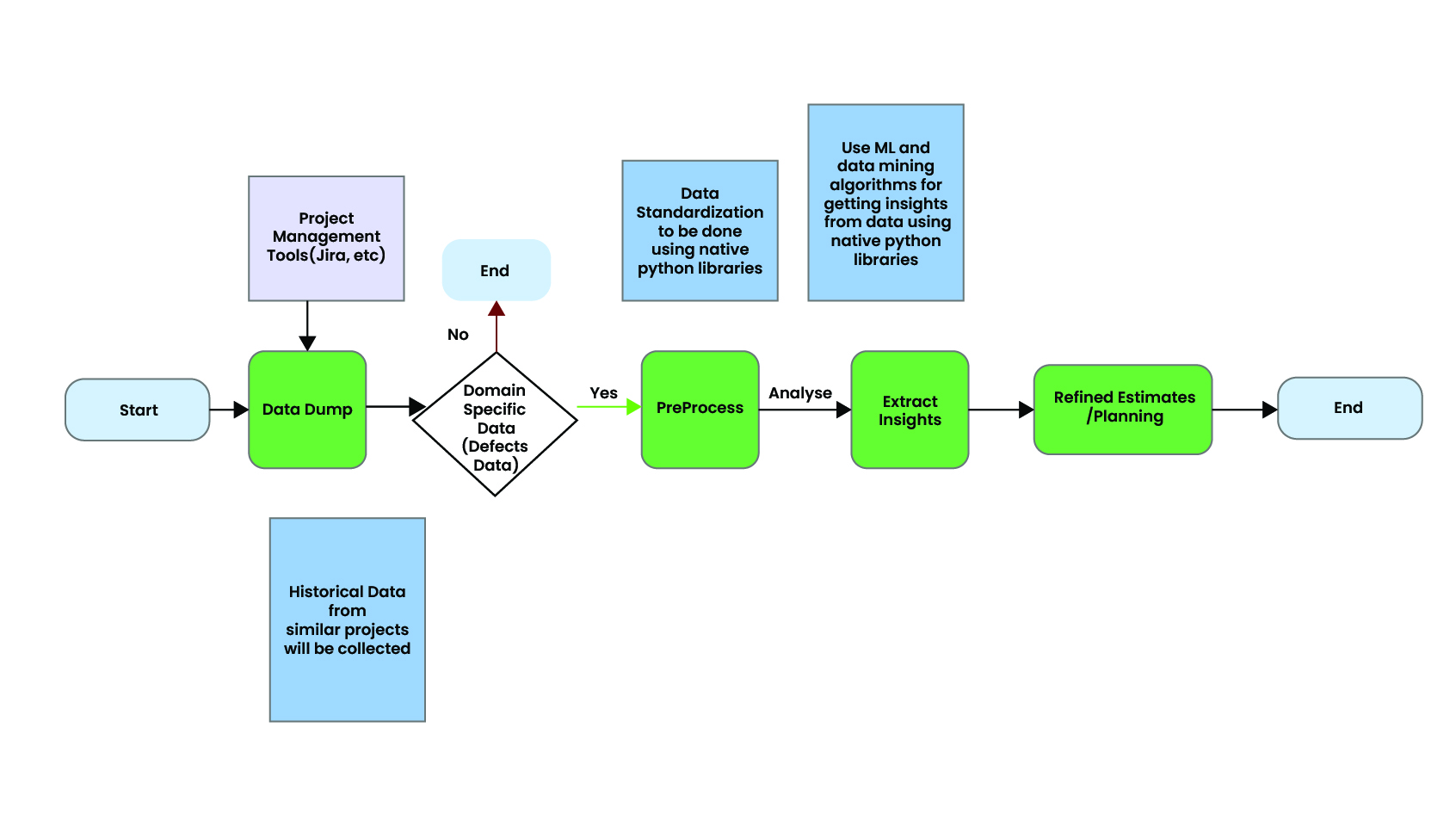
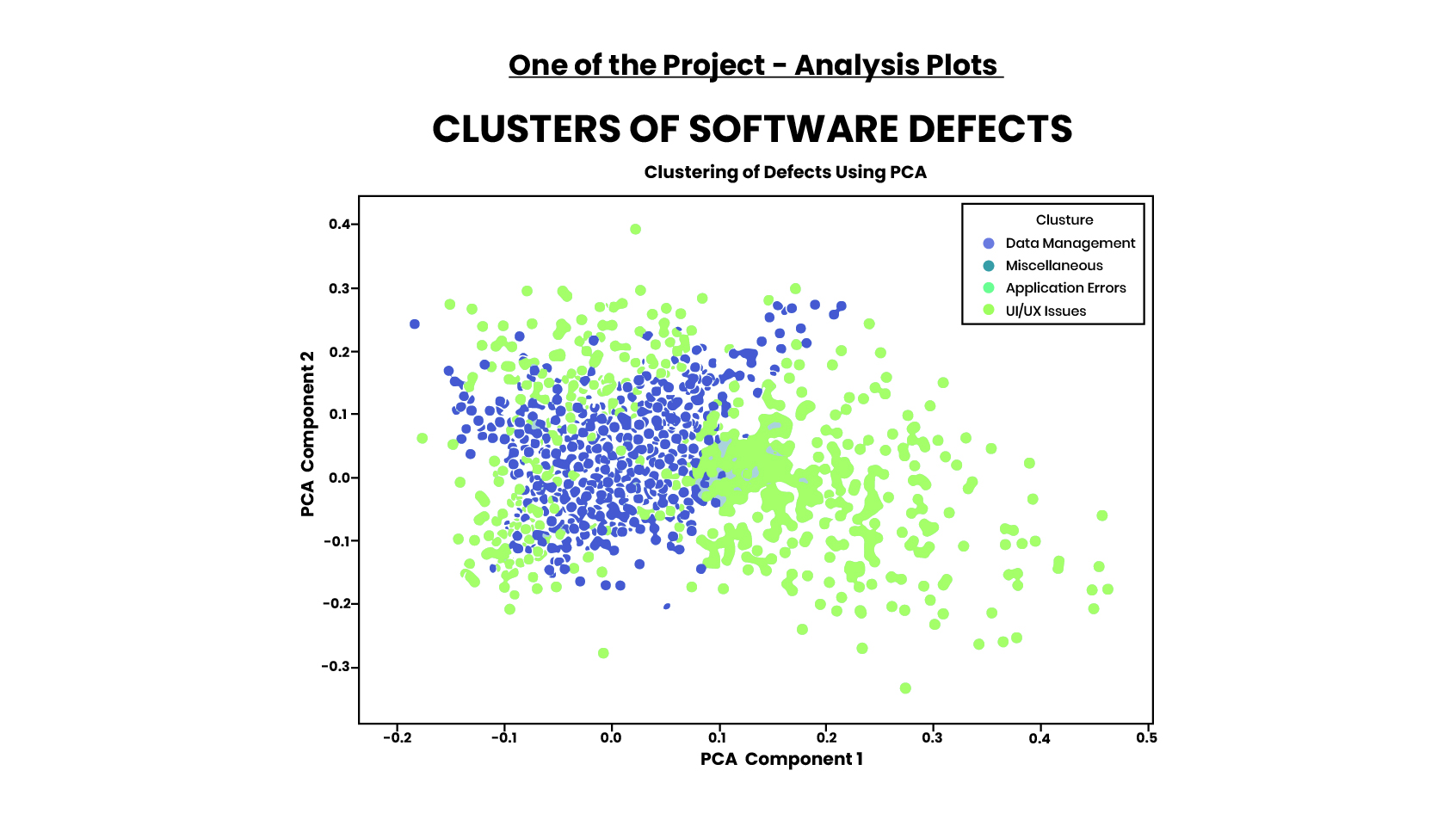
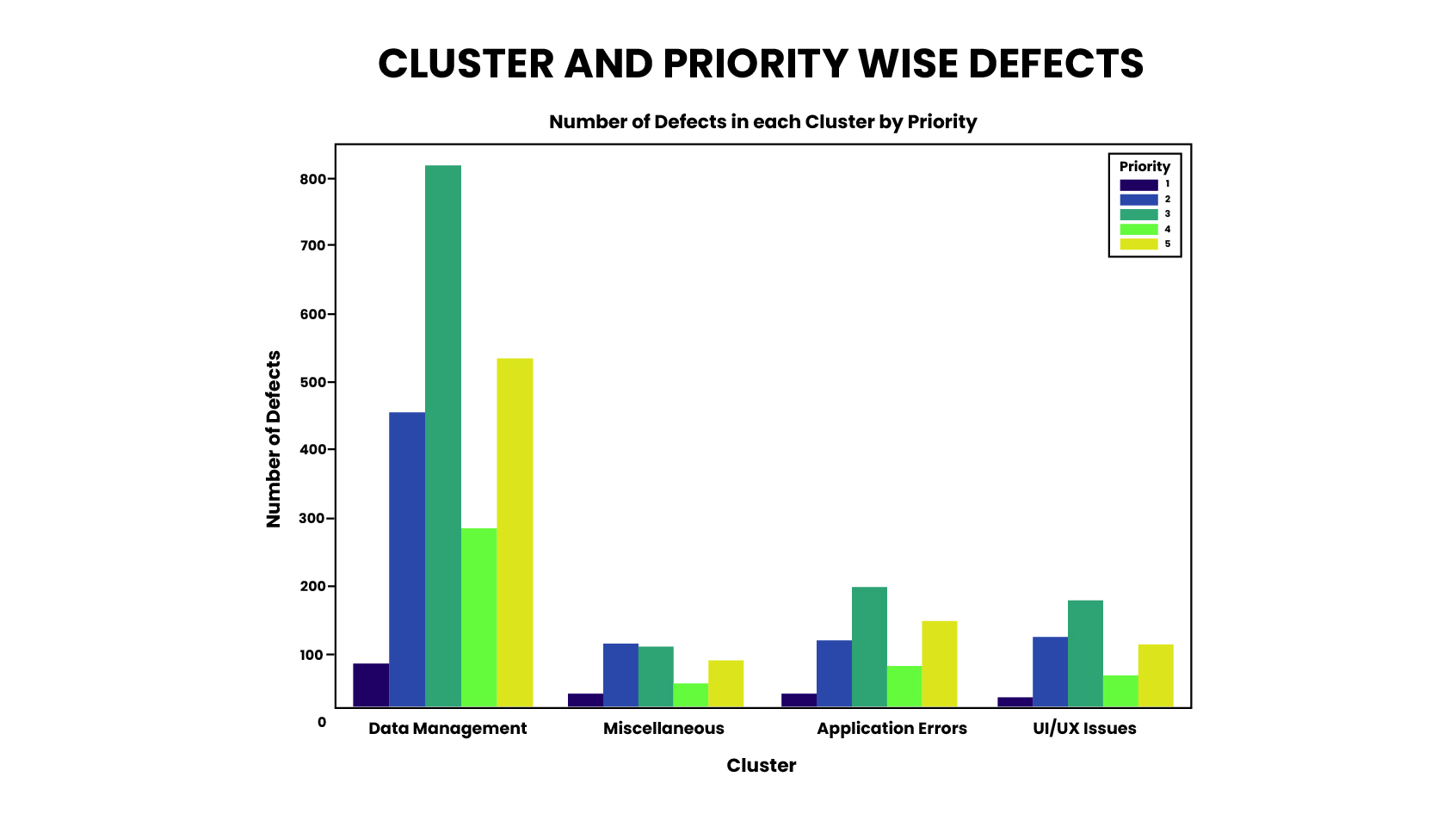
Optimization of Resource Allocation
Using historical data and predictive analytics, Qentelli optimized resource allocation to enhance productivity and efficiency. Key activities included:
- Defect Density and Severity Analysis: We assess defect density and severity distribution across upcoming software releases by extracting and analyzing data from JIRA. This critical analysis enables us to identify key defect categories and understand the impact of defects over different releases, facilitating informed decision-making and proactive management.
- Fix Rate Analysis: We examine the defect fix rate in terms of story points, allowing us to effectively plan and allocate resources. This analysis provides a clear view of the efficiency of our defect resolution processes and helps in optimizing our development cycles.
- Performed Dimensionality Reduction: Performed dimensionality reduction using PCA, retaining the most critical information from the original data to effectively visualize high-dimensional datasets in reduced dimensions.
- Cluster Analysis: Utilizing deep learning and K-means clustering, we categorize defects into specific types such as data management issues, application errors, and UI/UX problems. This categorization enables targeted resource allocation, ensuring that efforts are concentrated where they are most needed.
- NLP Defect Type Analysis: By applying NLP techniques to examine defect titles and descriptions within JIRA tickets, we automatically classify defects based on the impacted development area, such as front-end or back-end issues. This precise classification enhances our ability to address defects systematically and efficiently.
- Failure Prediction: Our predictive analytics framework, combined with TOSCA, enables us to forecast failure probabilities for both new and existing software components. This predictive capability allows us to focus our testing efforts on high-risk areas, thereby reducing the likelihood of critical failures and enhancing overall software reliability.
PRIORITY WISE DEFECTS
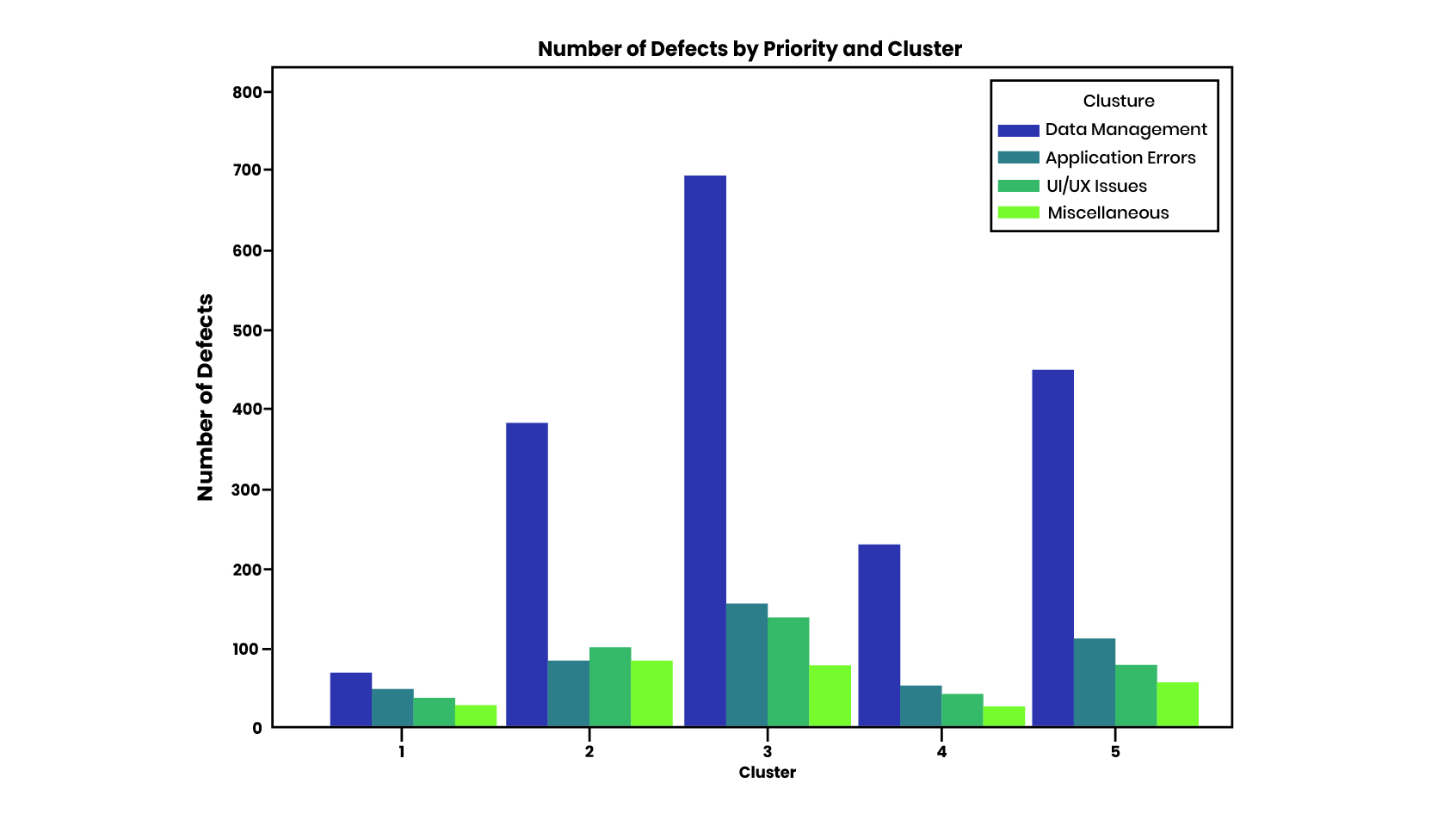
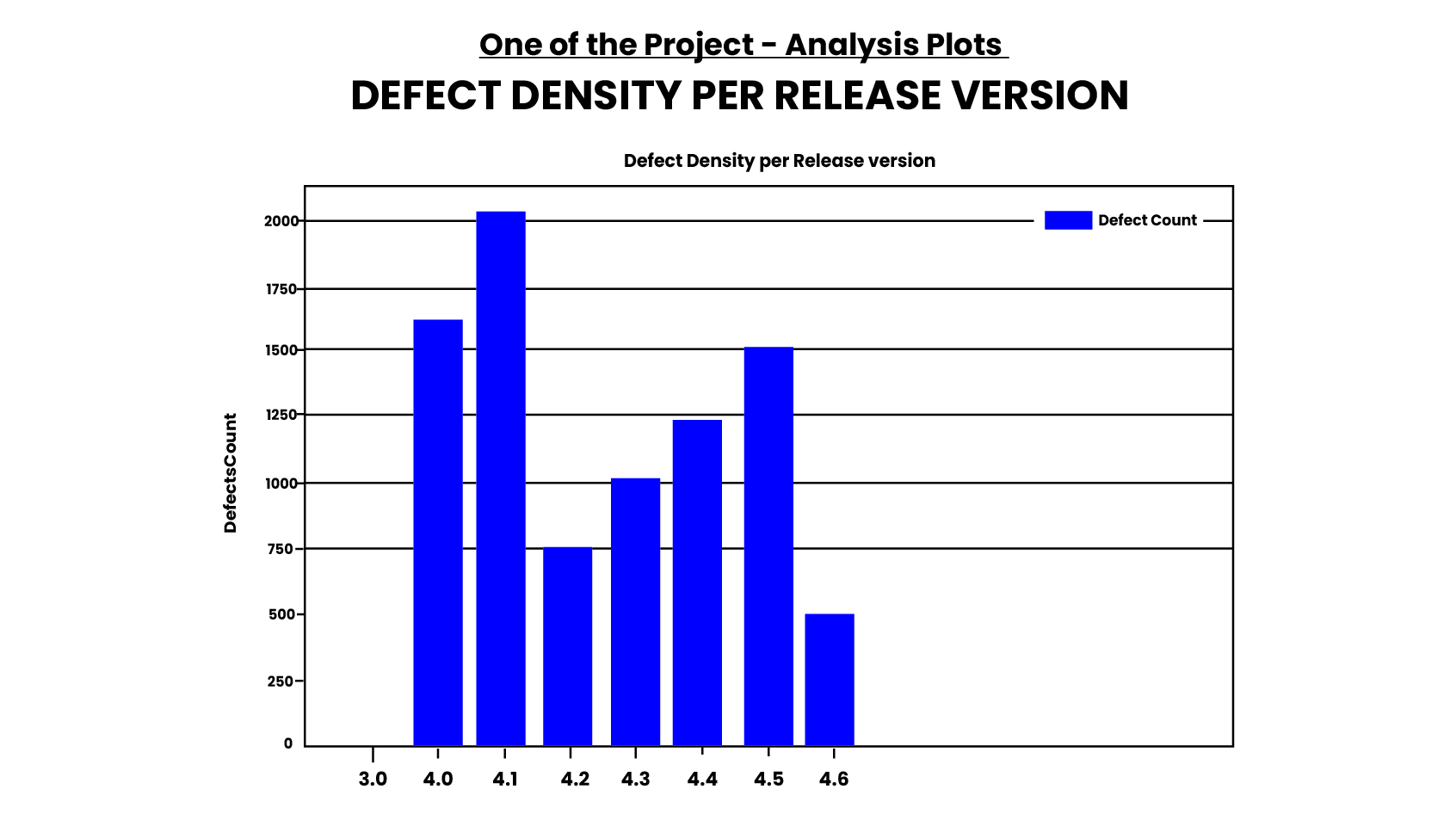
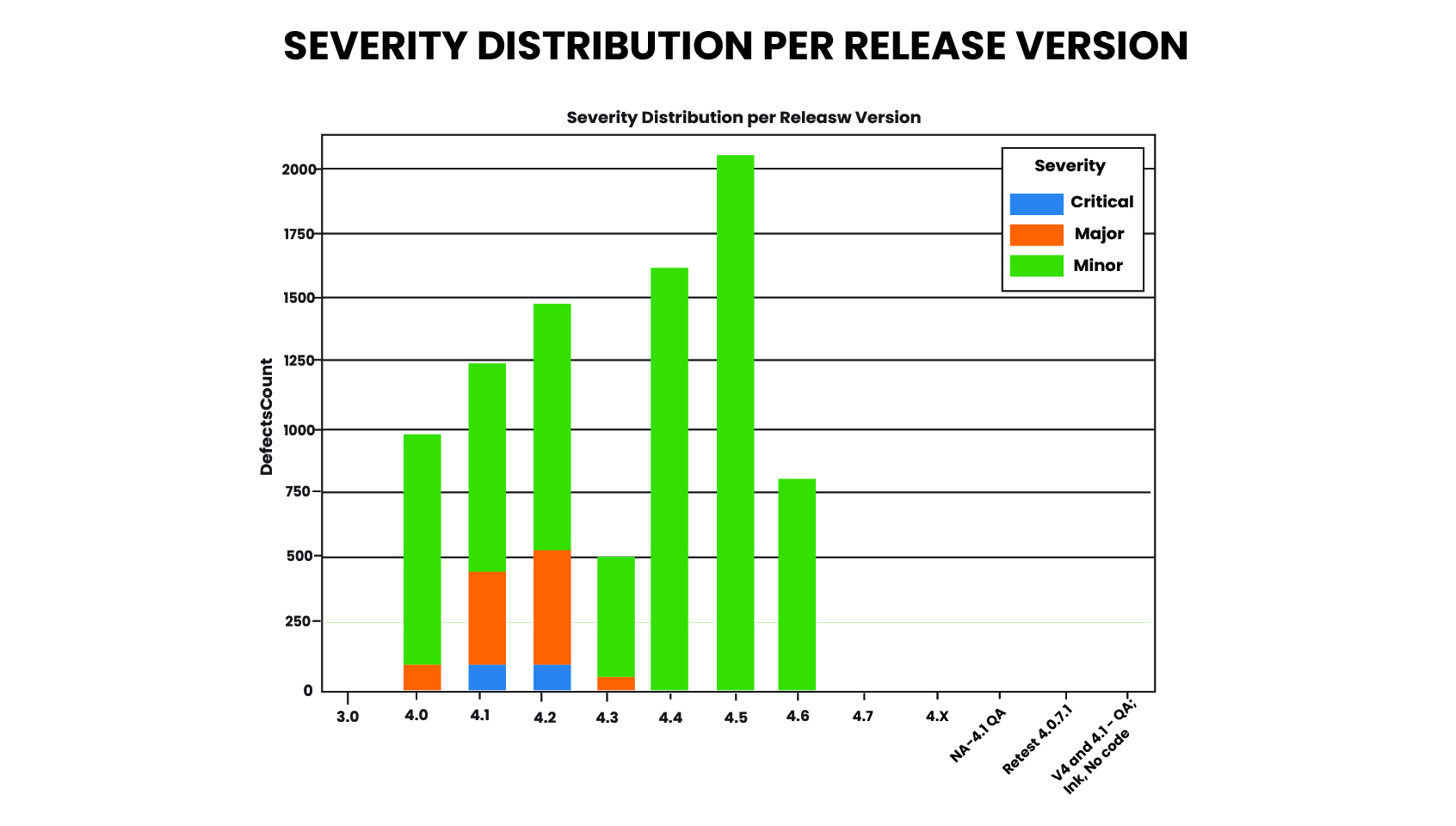
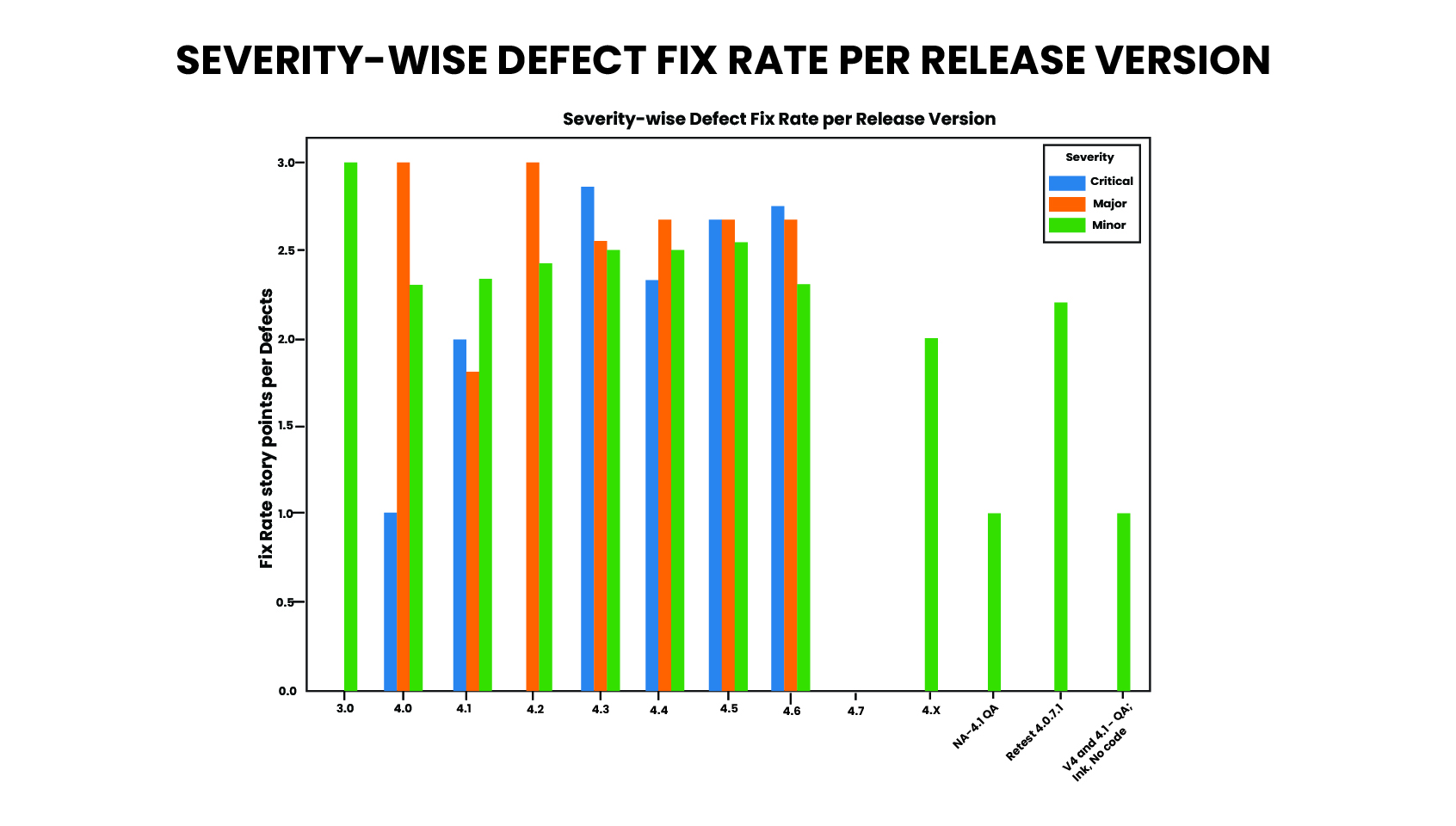
BENEFITS

Cost Savings

Increased Productivity

Proactive Risk Management

Improved Accuracy and Precision

Optimized Resource Allocation
OUTCOMES
Continuous Feedback
Development teams improved their ‘time to fix’ with continuous feedback.
Improved Efficiency
Automated test case generation reduced the time required for testing by 41.6%.
Real-Time Insights
Facilitates near real-time data visibility for proactive decision-making.
Optimized Resource Allocation
The analysis and categorization of defects allowed for more effective resource planning,and corrected the release policy, leading to a 24.9% increase in productivity.
Better Defect Management
Predictive analysis enabled the client to proactively address potential defects, reducing the occurrence of critical defects by 37.3%.
Enhanced Quality Control
Supports customized testing modules and advanced recipe control.
Talk to an expert
Advance Your Business with Our Digital
Innovation Expertise
Demo
